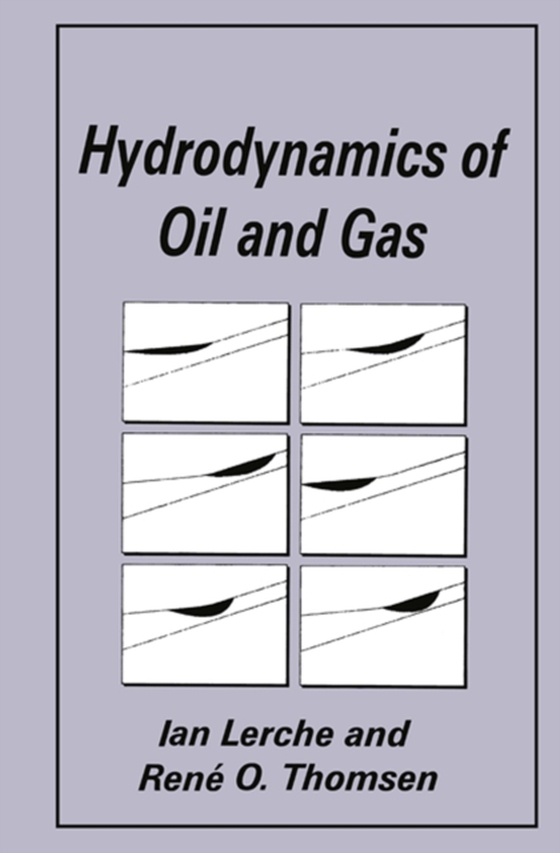
Hydrodynamics of Oil and Gas e-bog
1240,73 DKK
(inkl. moms 1550,91 DKK)
There has long been interest in the flow of fluids through permeable aqui- fers. Stratigraphic trapping of oil and gas by permeability changes in an aquifer and the amounts of hydrocarbons so trapped are major concerns to the oil industry. The variations of aquifer width and geometry and of the positions in an aquifer where hydrocarbons can be trapped by hydro- dynamic forces are intimately int...
E-bog
1240,73 DKK
Forlag
Springer
Udgivet
29 juni 2013
Genrer
RBGG
Sprog
English
Format
pdf
Beskyttelse
LCP
ISBN
9781489913012
There has long been interest in the flow of fluids through permeable aqui- fers. Stratigraphic trapping of oil and gas by permeability changes in an aquifer and the amounts of hydrocarbons so trapped are major concerns to the oil industry. The variations of aquifer width and geometry and of the positions in an aquifer where hydrocarbons can be trapped by hydro- dynamic forces are intimately intertwined in determining the shape, and thus the volume, of hydrocarbons. Perhaps the seminal work in this area is reflected by King Hubbert's massive review paper "e;Entrapment of Petroleum under Hydrodynamic Conditions"e; (Am. Assoc. Pet. Geol. Bull. 37(8), 1954-2026, 1953), in which a wide variety of effects, such as capillarity, buoyancy, surface tension, and salinity of water, are incorporated as basic factors influenc- ing the positioning and shaping of hydrocarbon masses in hydrodynami- cally active aquifers. In those days, while the basic physics could readily be appreciated, development of a detailed quantitative understanding of the interplay of the various factors in controlling or modulating hydro- dynamic shapes was severely limited by computer abilities. Indeed, Hub- bert actually constructed and photographed physical models, using alcohol and water, to illustrate basic concepts. It is difficult to obtain an appreciation of the behavior of flow geometries from such experiments when all factors are permitted to vary simultaneously.
 Dansk
Dansk

